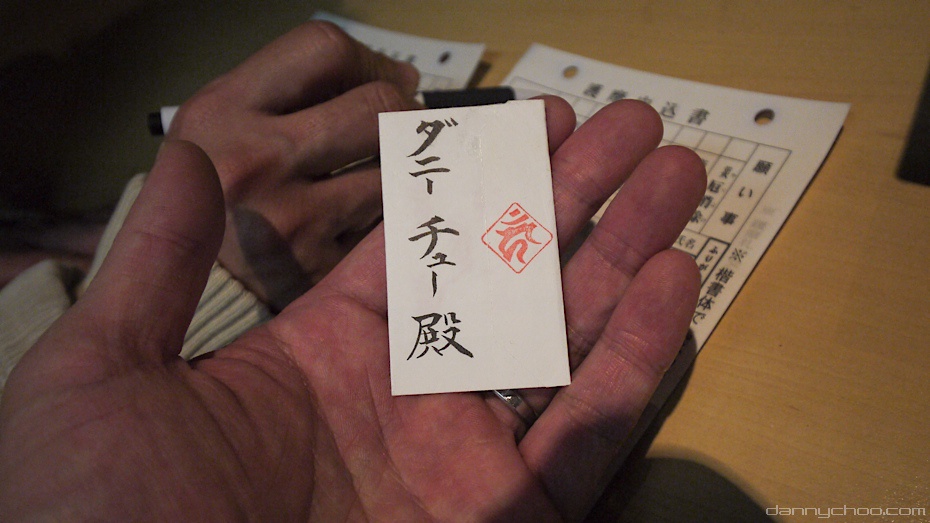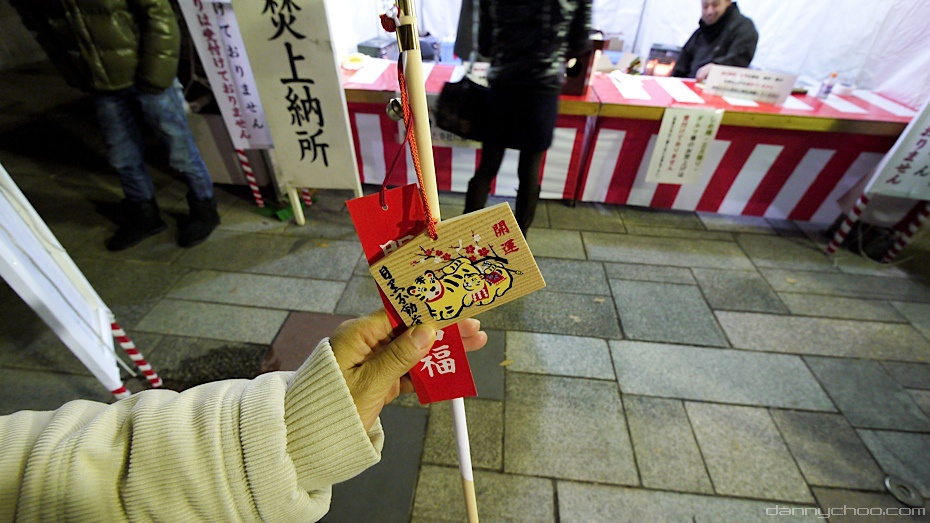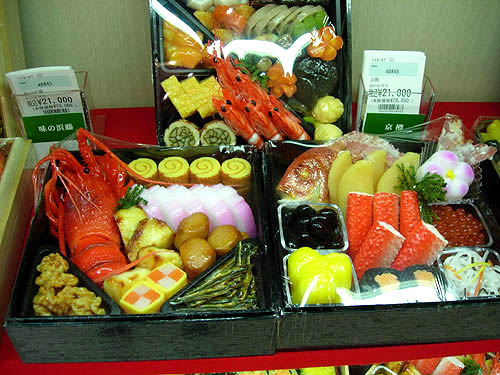New Years (正月) is a special time in Japan and the celebrations can last up to 10 days.
One of the special things about New Years in Japan is the sending of nengajo, or New Years cards. These are mailed from mid to late December so that they reach their destination on the right day: January 1st, of course. However, if a family member has died in the previous year, the decorations are removed from the home and cards are sent out to tell people not to send them any cards the following year. These cards are more like postcards than the hallmark cards you see in America and often feature the zodiac of the coming year (this coming year is dragon) along with well wishings of health and fortune
Another important feature of the majority of homes in the new year is a type of straw decoration that features a kind of leaf and a mandarin orange called shimekazari. These adornments are not only prevalent to houses but also temples and shrines as well as departments stores, which are typically more fashioned like kadomatsu.
| shimekazari |
| kadomatsu |
Starting at midnight following these events, is perhaps any given shrine experiences its most popular day as people flock to it for hatsumode, to cleanse themselves as well as pray for the new year and receive their fortunes for the new year. Fortunes are obtained by either a random drawing of personal choice or via lotto numbers written on sticks that are received from a wooden barrel (you shake the barrel until a stick comes out and you show the stick and number written on it to a monk who then gives you your fortune).
Ok So you either draw from the first box or use the barrels next to the man in the second picture to get your fortune in the third picture. This piece of paper unravels to tell you pretty much everything you want to know in the coming year: love life, house, money, lawyers, health, car stuff and there is more too!
However! if its bad then...
you leave it at the shrine to later be burned! So that you can get rid of your misfortune.
Another interesting activity at shrines is the casting off of arrows. Red and gold decorative arrows are purchased at this time during the year. The arrow is said to bring fortune. The following year at the same time you leave the arrow at the temple and purchase a new one.
Food is also a very important feature of the New Year and many custom dishes are prepared and eaten at this time to bring a variety of influences for the new year (such as health and prosperity... )
One of the things I was actually able to make and sample for myself, was a type of fish based soup that had lots of vegetable and root based ingredients called ozoni. Another was a mochi soup. My third year students at my JHS made a sweet red bean mochi soup that I found really delicious! Also common are New Years bentos, to welcome in the New Year with a large special meal. It typically contains a large variety of things and is quite a bit more expensive than any normal bento. Finally on the 7th day of the New Year (January 7th) a type of porridge called 7 herb porridge is eaten. This dish is called jinjitsu.
Lastly, this is a special holiday for children. They receive something called otoshidama, which loosely translates to gifts of money or presents that are usually given by the elderly to their grandchildren. This feature of the New Year is a bit reminiscent of the Chinese custom where on lunar new year they present children with a red envelope filled with a large sum of money.
Above is the casting off of the old years arrow and the purchasing of a new one
| Another New Years decoration to appease the deceased and other spirits |
Food is also a very important feature of the New Year and many custom dishes are prepared and eaten at this time to bring a variety of influences for the new year (such as health and prosperity... )
One of the things I was actually able to make and sample for myself, was a type of fish based soup that had lots of vegetable and root based ingredients called ozoni. Another was a mochi soup. My third year students at my JHS made a sweet red bean mochi soup that I found really delicious! Also common are New Years bentos, to welcome in the New Year with a large special meal. It typically contains a large variety of things and is quite a bit more expensive than any normal bento. Finally on the 7th day of the New Year (January 7th) a type of porridge called 7 herb porridge is eaten. This dish is called jinjitsu.
New Years bento, New Years soup, 7 herb porridge
Lastly, this is a special holiday for children. They receive something called otoshidama, which loosely translates to gifts of money or presents that are usually given by the elderly to their grandchildren. This feature of the New Year is a bit reminiscent of the Chinese custom where on lunar new year they present children with a red envelope filled with a large sum of money.













No comments:
Post a Comment